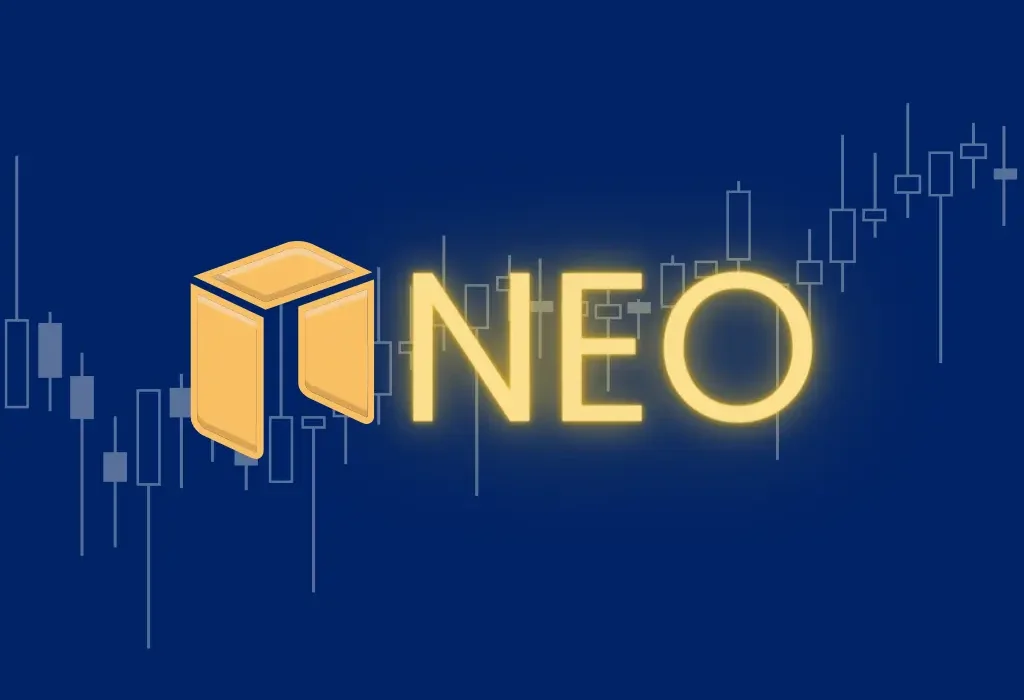Blockchain technology has expanded rapidly in recent years, and one of its most fascinating projects is NEO (nicknamed the Ethereum of China). It aims to build a smart economy by connecting identity data with assets and contracts on one revolutionary platform. This blog explores NEO’s foundations, unique characteristics, and future in an evolving Chain of blocks industry.
What is NEO?
It is a blockchain platform and cryptocurrency designed to build a scalable network of decentralized applications (DApps). By employing Chain of Blocks technology and digital identity to digitize assets, its primary aim is asset digitization. Established by Da Hongfei and Erik Zhang in 2014, its goal is to transform traditional assets into digital ones using smart contracts to protect legality and ownership rights.
NEO’s Vision for a Smart Economy
According to it, their vision for a “smart economy” involves various components. These elements include:
It seeks to transform real-world assets into digital ones that are self-managed with clear property rights, easy transfer capabilities, and without intermediaries’ fees.
Digital Identity:
A digital identity allows individuals, organizations, and entities to establish electronic identities accessible using multiple-factor authentication techniques like fingerprint scans, facial recognition software, voice recognition technologies, or SMS.
Smart Contracts or “NEO contracts,” used to create digital assets and identities on this
chain of blocks are automatically executed without needing middlemen as part of its Dual Token Model. It offers two token systems compared to traditional blockchain platforms:
NEO:
It can help create blocks, manage networks, and implement change initiatives.
GAS:
This token can be used for running smart contracts and DApps on smart contracts platforms like Ethereum. With every block produced, more GAS tokens will be generated.
This dual-token model helps differentiate between using and participating in the governance of a network, helping prevent spam on it while supporting the equitable allocation of resources.
NEO Technologies Stack
NEO offers many unique technological features:
Delegated Byzantine Fault Tolerance (dBFT):
Alternative to proof-of-work and proof-of-stake models, delegated Bitcoin Friendly Transaction (dBFT) stands out for its scalability and finality. Professional node operators produce blocks through this model while 66% consensus must be met before transactions can be added to the blockchain.
NeoVM:
It Virtual Machine is an ultralight general-purpose virtual machine whose architecture decouples its execution layer from its state layer for increased execution efficiency.
Interoperability Protocol:
NEO’s x.509 digital identity standard facilitates cross-chain verification for interoperable identity validation.
NeoFS:
Its decentralized file storage protocol resembles Dropbox in that it indexes files with hashed addresses as their “address.” This facilitates file management and sharing by indexing file hash values as their addresses.
There’s always been someone around who wants a piece of me! However, these days there seems to be even more who would love nothing better than to step onto that stage and show what can happen when one doesn’t take steps towards managing their money well! So do it today; get those cheques ready.
It offers an ecosystem and DApps that enable developers to explore various programming languages like C#, Java, and Python through compilers; this creates access for an extensive developer community. Furthermore, its ecosystem hosts finance apps, gaming applications, and decentralized exchanges that facilitate global commerce.
It offers an innovative governance protocol in which holders of its token, token, may vote to form a committee of 21 members who oversee and govern its network; propose adjustments for factors like transaction fees; represent community concerns, and represent public interests.
NEO3: The Next Evolution
It is an anticipated upgrade of this platform that promises a new era of blockchain performance, featuring upgraded infrastructure with faster transaction speeds, greater stability, and an optimized smart contract system.
Proposed Challenges and Future Outlooks for SMBs in Kenya
It may possess great promise but currently stands in stark competition with more established platforms like Ethereum. Yet thanks to its innovative features and strong backing, it remains perfectly poised to play an instrumental role in revolutionizing Chain of blocks technologies.
However, some changes might take effect before or even during that development process.
It is an appealing project with an innovative vision for the future of blockchain and digital economies, including smart economies. Boasting an intuitive Chain of blocks infrastructure and robust smart contract capabilities, It represents an ecosystem dedicated to connecting traditional assets with digital ones – offering bridge capabilities between traditional and cryptocurrency assets as the world shifts toward digitization. As more economic activity moves online, this project could well become the vanguard of its transformation.


